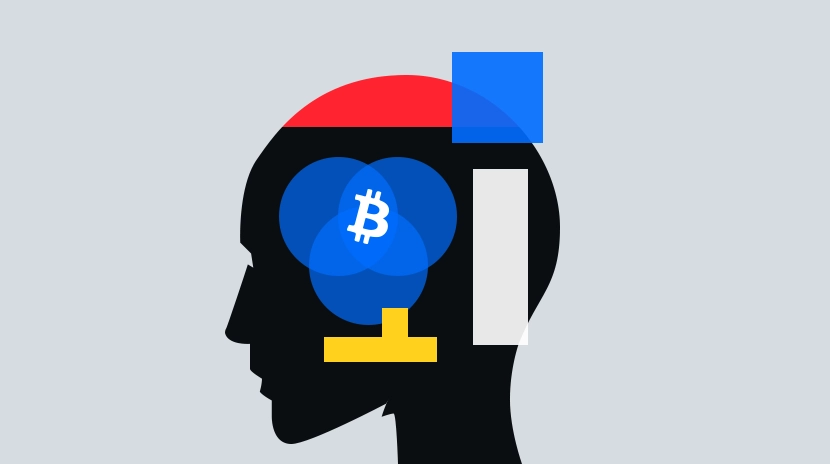definition of bloodline

In the cryptocurrency world, bloodline refers to the continuous series of blocks starting from the genesis block, representing the integrity and authority of the data chain. It is the longest chain recognized by network consensus, ensuring immutable transaction history and preventing double-spending. The bloodline is typically supported by the majority of computing power or stake in the network, serving as the fundamental guarantee of blockchain data reliability.
Market Impact of Bloodline
The concept of bloodline has profound effects on the cryptocurrency market, primarily manifested in:
- Network security and value assurance: The stability of the main chain bloodline directly impacts market trust in crypto assets, with on-chain asset values depending on whether their chain's bloodline is widely recognized
- Fork event value judgment: When a blockchain undergoes a fork, the market reassesses related asset values based on which chain is considered the legitimate bloodline
- Exchange listing standards: Mainstream exchanges typically require cryptocurrencies to have a clear and stable bloodline record, which becomes a key factor for projects to gain market recognition
- Project financing and investment decisions: Investors consider the integrity of a blockchain's bloodline as an important indicator for project quality assessment
Changes in bloodline recognition often trigger dramatic market fluctuations, as exemplified by the value redistribution following the fork between Ethereum Classic (ETC) and Ethereum (ETH).
Risks and Challenges of Bloodline
In blockchain ecosystems, the bloodline concept faces several key risks and challenges:
- 51% attack threat: When malicious actors control more than half of the network's computing power or stake, they may rewrite blockchain history, compromising bloodline integrity
- Consensus disputes: Serious disagreements within communities regarding technical roadmaps or governance direction can lead to chain forks, creating bloodline identity crises
- Regulatory and compliance pressures: Certain jurisdictions may require traceability or modifiability in blockchains, contradicting the immutability principle of bloodlines
- Technical limitations: As on-chain data continuously grows, the storage and verification costs for maintaining complete bloodlines increase, potentially threatening decentralization
- Cross-chain compatibility issues: Differences in bloodline authentication mechanisms between blockchains increase the complexity and risks of cross-chain asset transfers
These challenges are driving the industry to explore more efficient and secure bloodline maintenance mechanisms, such as sharding technology and state channels for scalability solutions.
Future Outlook for Bloodline
The future development of blockchain bloodline concepts shows diversified trends:
- Multi-layered bloodline architecture: Blockchain systems will further develop into coordinated structures of main chain bloodlines and sidechain bloodlines, improving performance while maintaining security
- Cross-chain bloodline verification protocols: Mutual recognition and verification protocols between different blockchain bloodlines will mature, supporting genuine cross-chain asset circulation
- AI-assisted bloodline protection: Artificial intelligence technologies will be applied to blockchain security monitoring, predicting and preventing potential attacks on chain bloodlines
- Regulatory-adaptive bloodlines: Next-generation blockchains will design bloodline recording methods with greater privacy protection and regulatory compatibility, balancing immutability with compliance requirements
- Quantum-resistant bloodline protection: As quantum computing threats intensify, blockchains will adopt quantum-resistant cryptography to protect the long-term security of bloodline data
These development directions will transform the blockchain bloodline concept from a purely technical mechanism into a more comprehensive systemic solution, adapting to the complex and changing needs of digital asset ecosystems.
The concept of bloodline is a core foundation of blockchain technology, guaranteeing the scarcity and immutability of crypto assets. As the industry evolves, bloodline maintenance mechanisms will continuously upgrade to address more complex network attacks and higher performance requirements. The stability and credibility of bloodlines will continue to serve as key indicators for evaluating blockchain project values, influencing investment decisions and user adoption. In the future, with advancements in cross-chain technology and scaling solutions, the bloodline concept will maintain its essence while existing in next-generation blockchain architectures in more efficient and secure ways.
Share
Related Articles

Top 10 Meme Coin Trading Platforms

Review of the Top Ten Meme Bots
